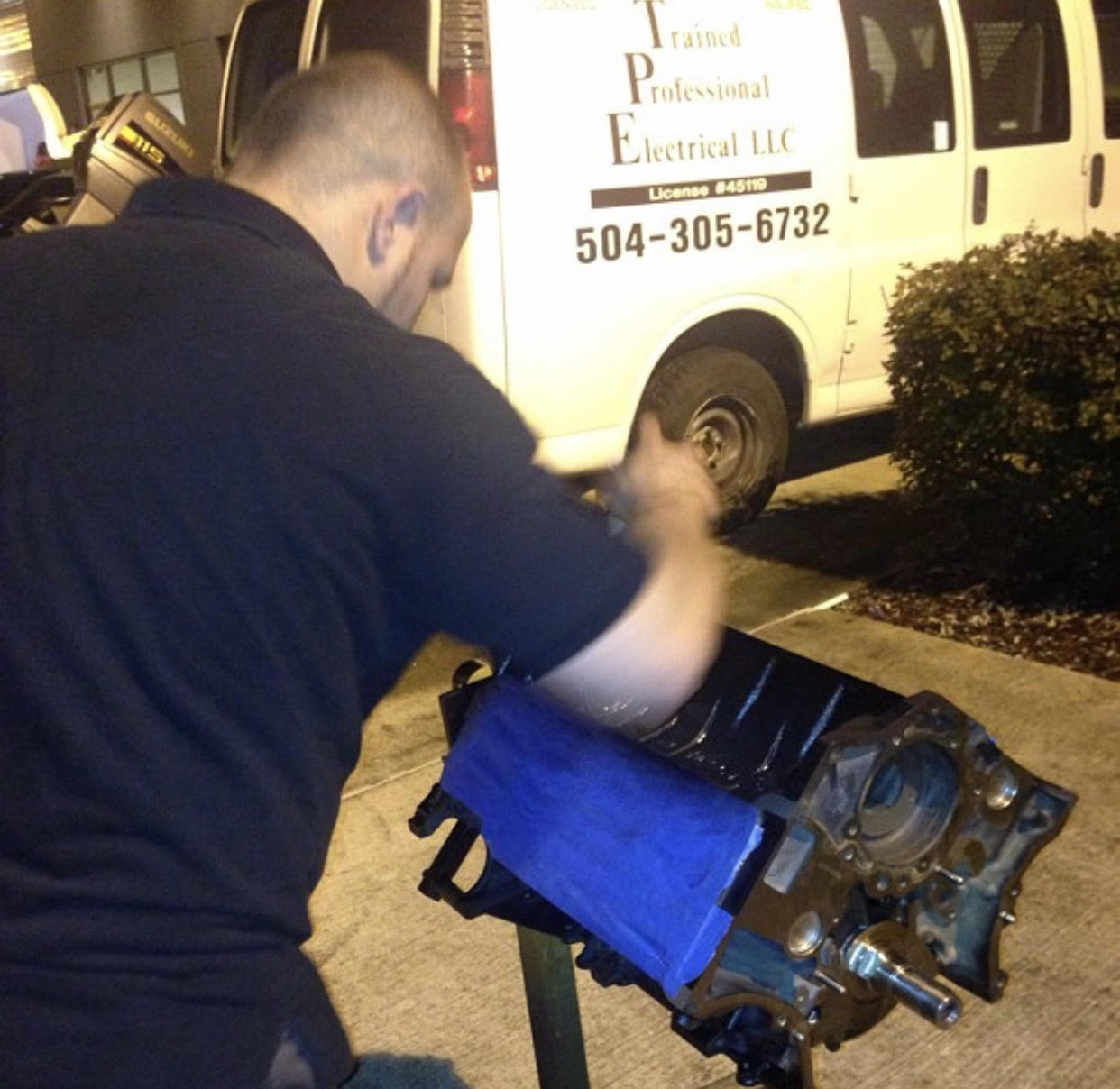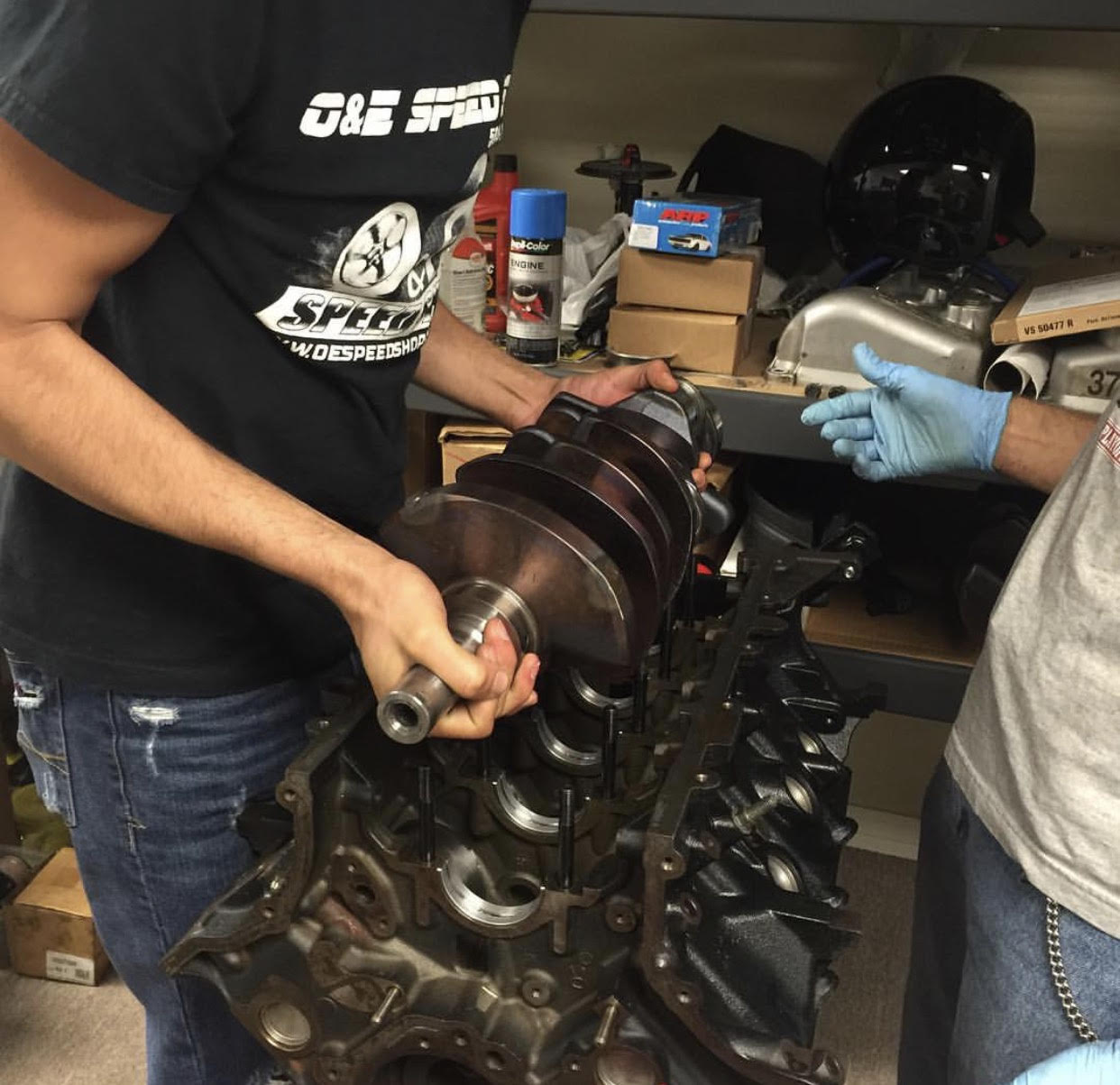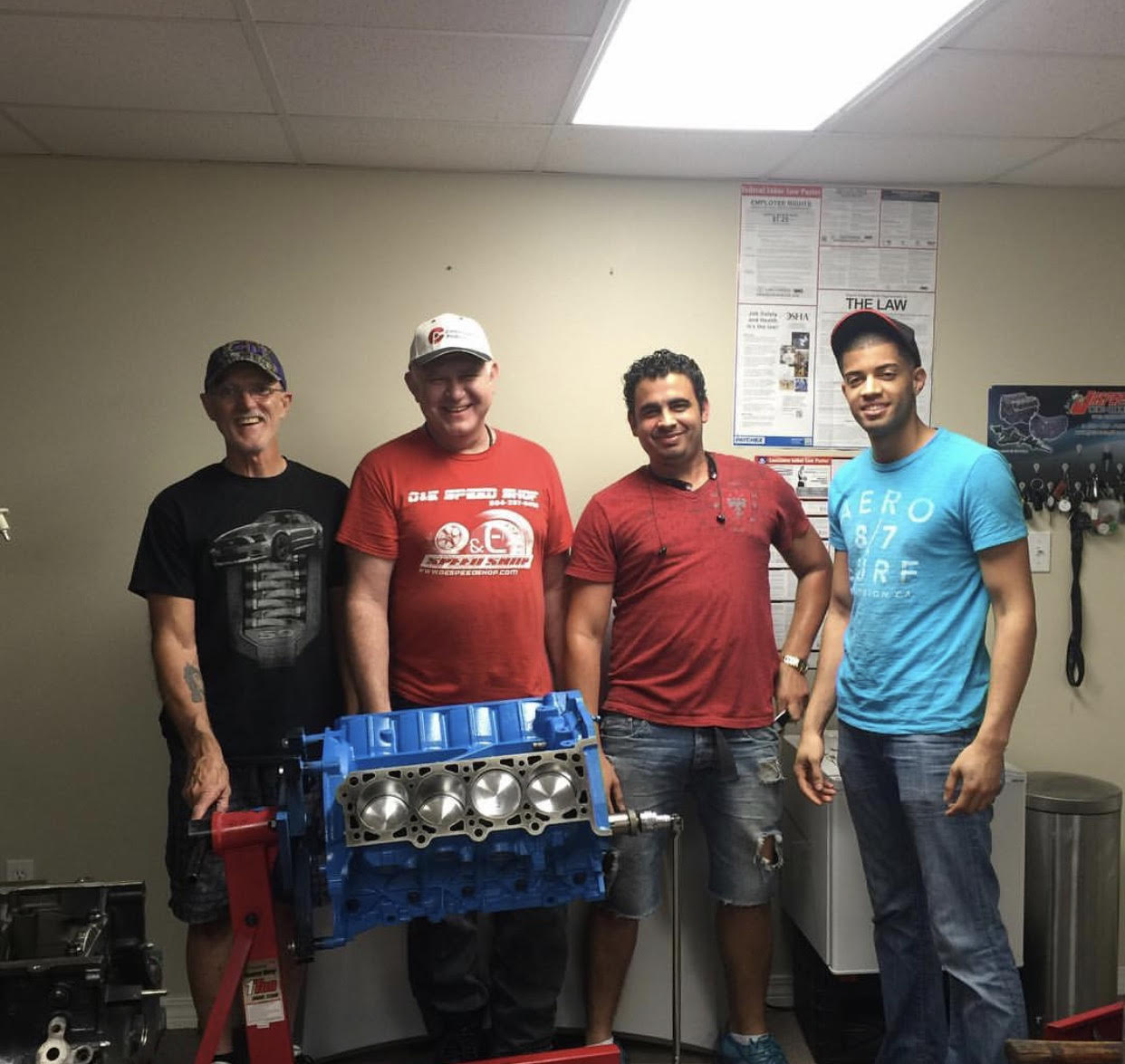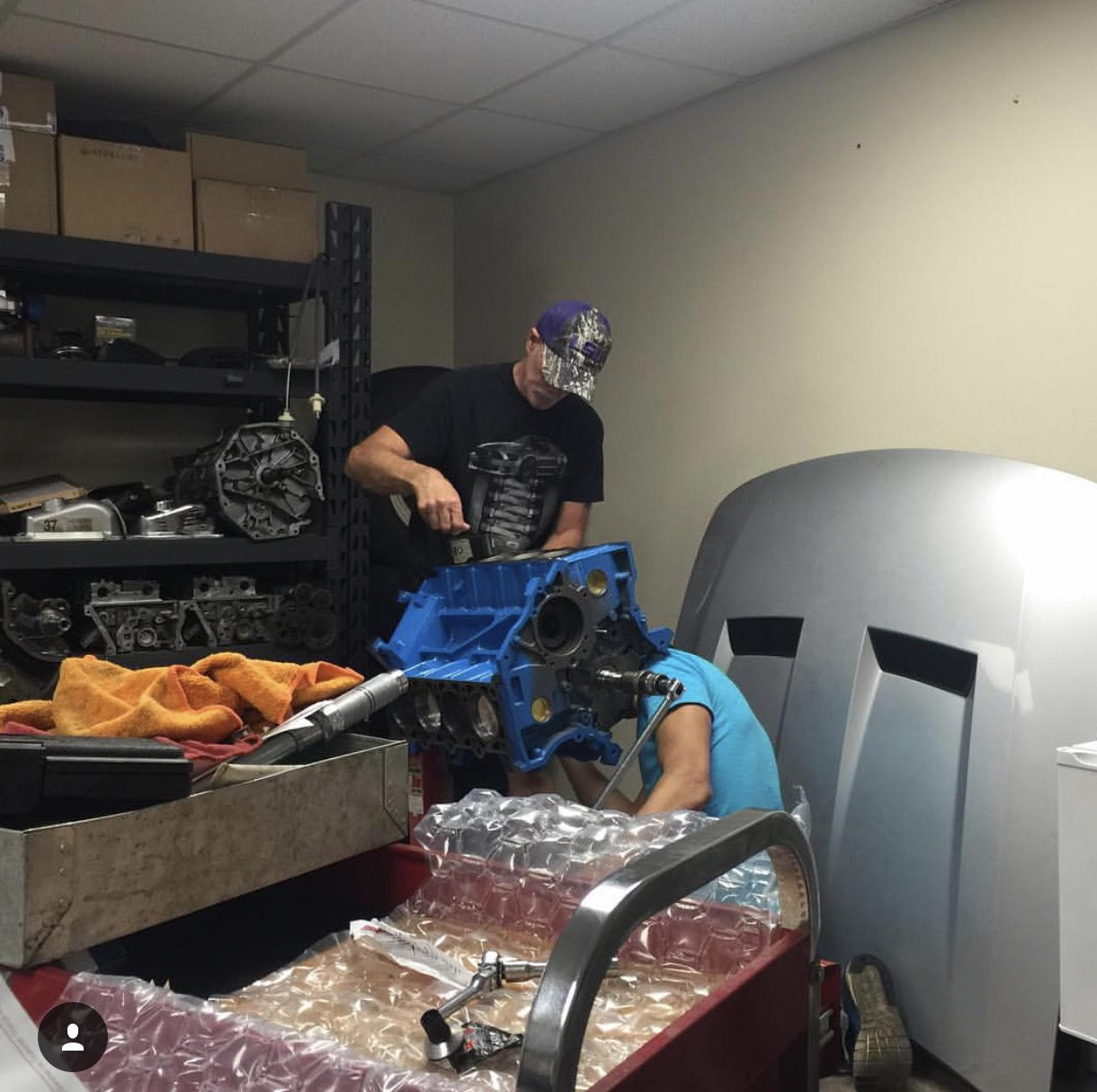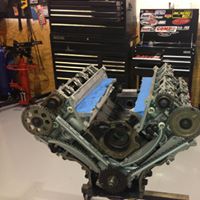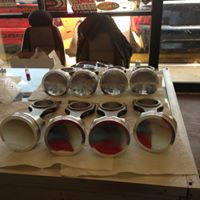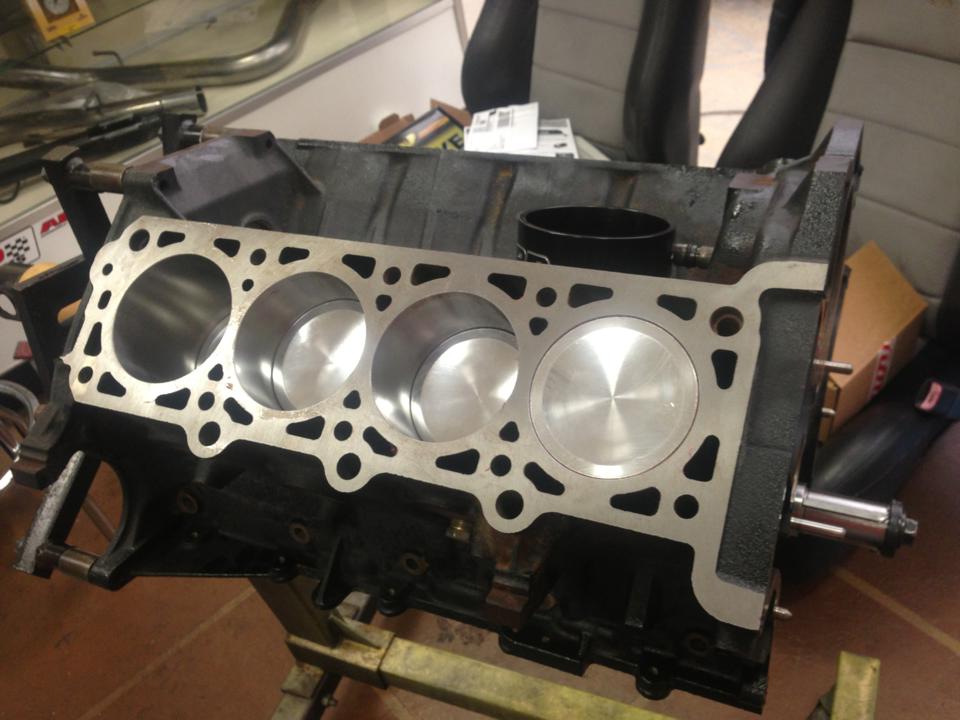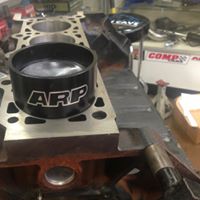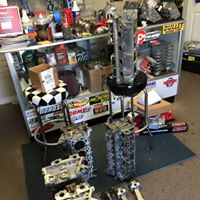WHAT WE DO
Overview
O&E Speed Shop has been building engines and components for several years. Our performance engines are built with love and passion because we love what we do… we don’t build just a high performance engine… we build a piece of art, something that WE ARE PROUD OF… from beginning to the end.
Steps For Building Your First Engine
- Step 1: Choose modifications that are budget minded, reliable and offer great all-around street performance.
- Step 2: Decide how your car will be driven most of the time, and select engine components accordingly.
- Step 3: Have the cylinder block honed with a torque plate installed if possible.
- Step 4: A simple at-home machining process involves tapping all of the bolt holes on the cylinder block.
- Step 5: Decking a cylinder block produces a more even, flatter deck surface, which promotes better cylinder sealing
- Step 6: Wash the cylinder block, crankshaft and rods with soapy water.
- Step 7: Paint the outside of the cylinder block with a high-temp paint.
- Step 8: Align-boring the cylinder block mains.
- Step 9: Torque the main cap bolts incrementally in the proper sequence using a professional-quality torque wrench.
- Step 10: Install the main bearing in the cylinder block dry.
- Step 11: Carefully set the crankshaft into place making sure not to damage the main bearings.
- Step 12: To properly phase the camshaft with the crankshaft, align the timing chain gears so that the two small dots are next to each other.
- Step 13: With a hydraulic camshaft, tighten the rocker arm nut until zero lash, and then tighten the nut one additional turn.
- Step 14: Install a dial indicator into the lifter bore (this dial indicator is held snugly in the lifter bore by O-rings mounted on the indicator shaft).
- Step 15: To degree a camshaft, start by using a dial indicator (arrow A) to determine when the No. 1 piston is at Top Dead Center (TDC). Then, install the degree wheel (arrow B) on to the end of the crankshaft. Install the cam degree pointer (arrow C) so that it aligns with the zero mark on the degree wheel.
- Step 16: Always buy high-performance gaskets from a reputable manufacturer.
- Step 17: To ensure that the pickup remains securely attached to (and in proper phase with) the oil pump, tack-weld the two together.
- Step 18: The first 10 minutes of an engine break-in are the most important. Keep engine rpm between 2000-2500 rpm, and continually monitor engine conditions (such as fuel and oil pressure along with spark timing).
- Step 19: Balancing the engine parts that make up the rotating assembly is highly recommended.
